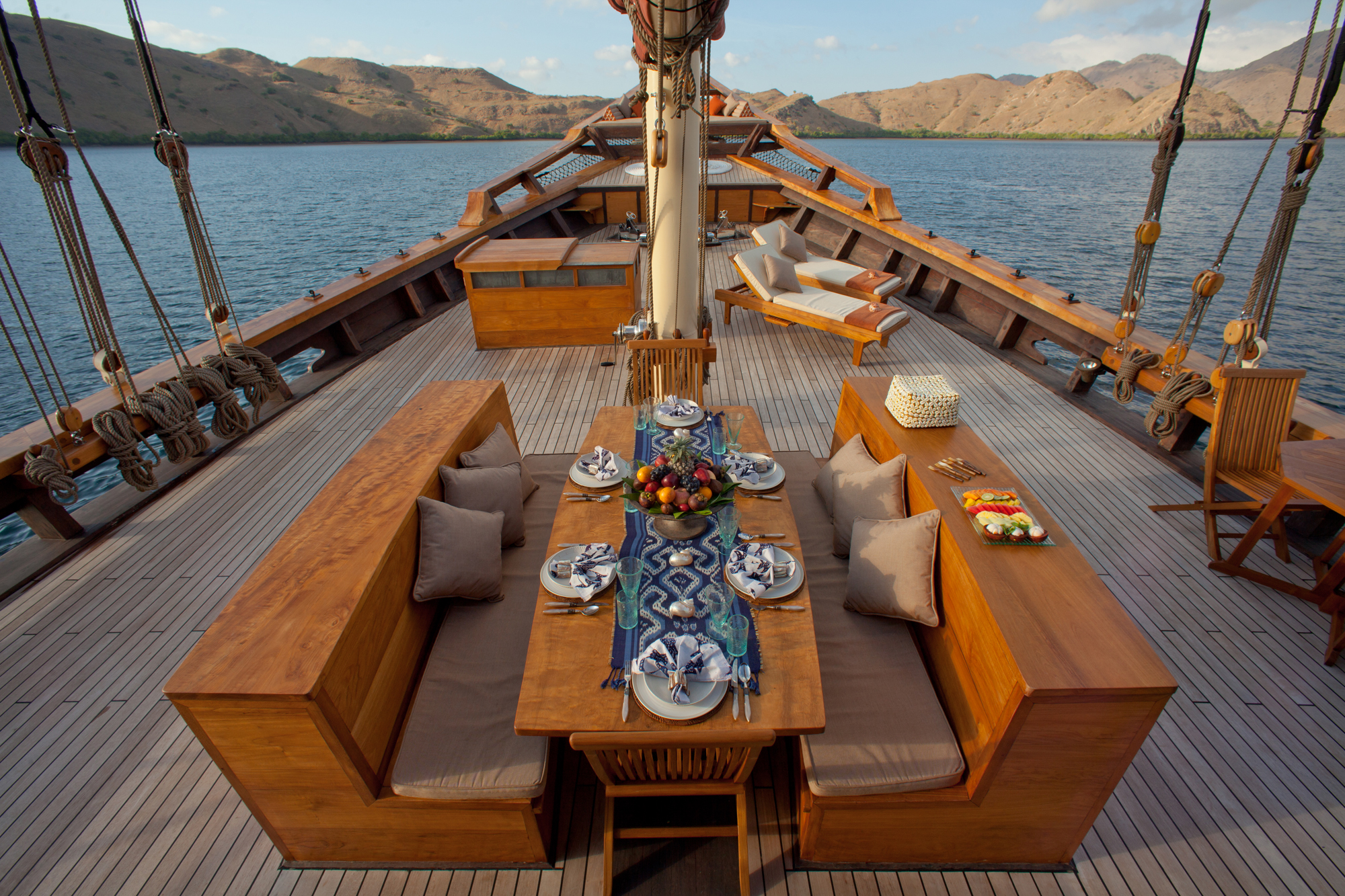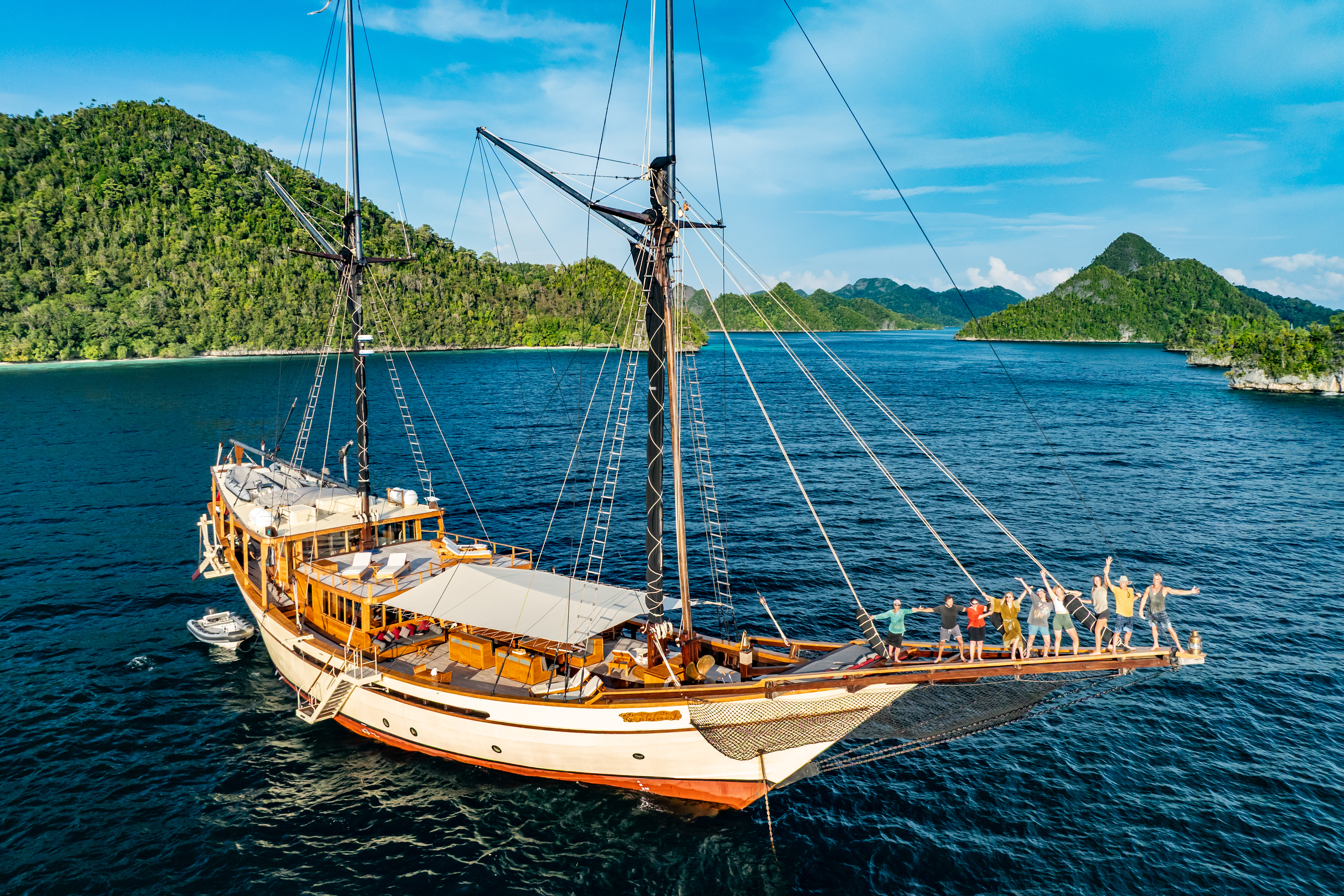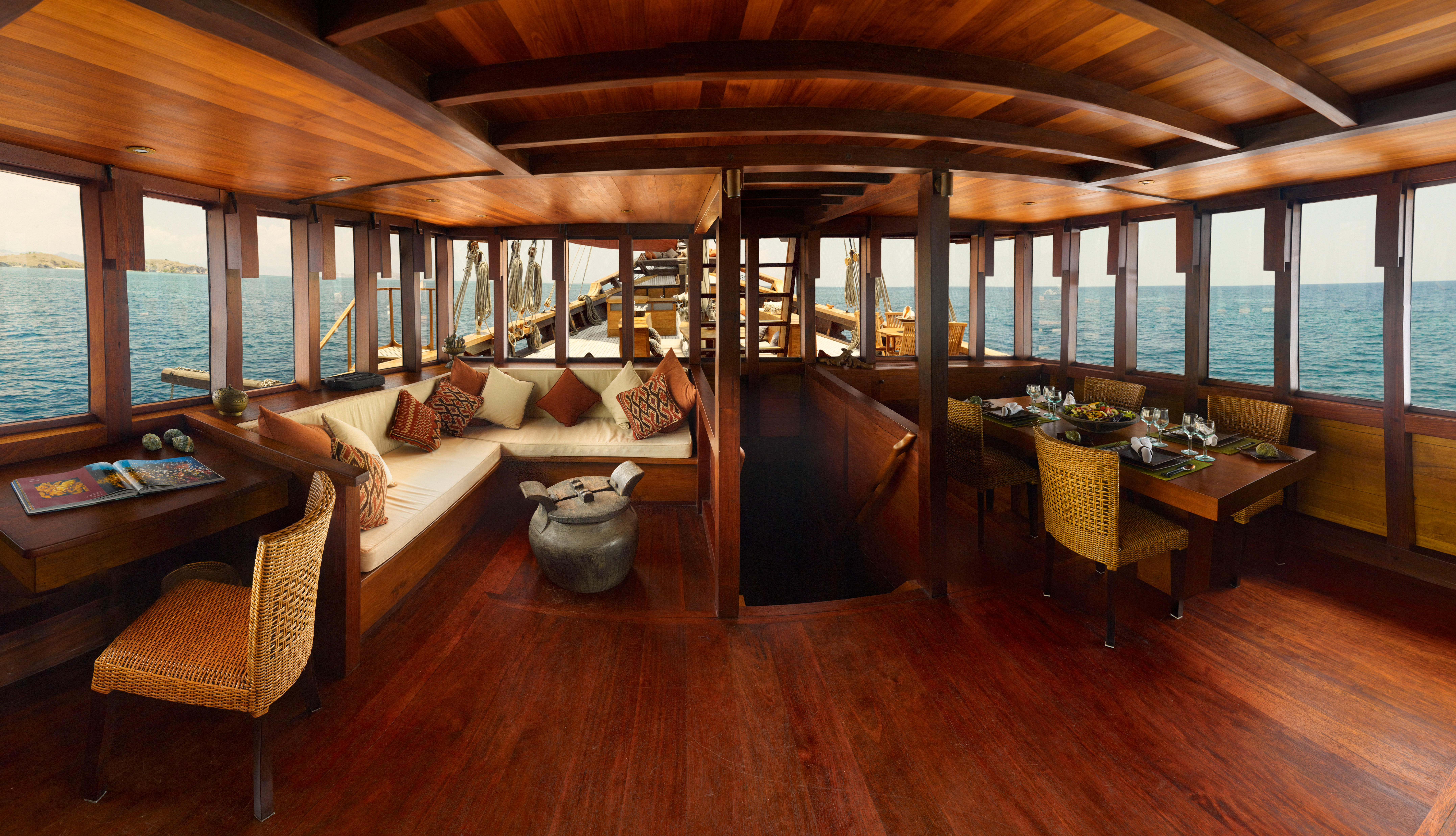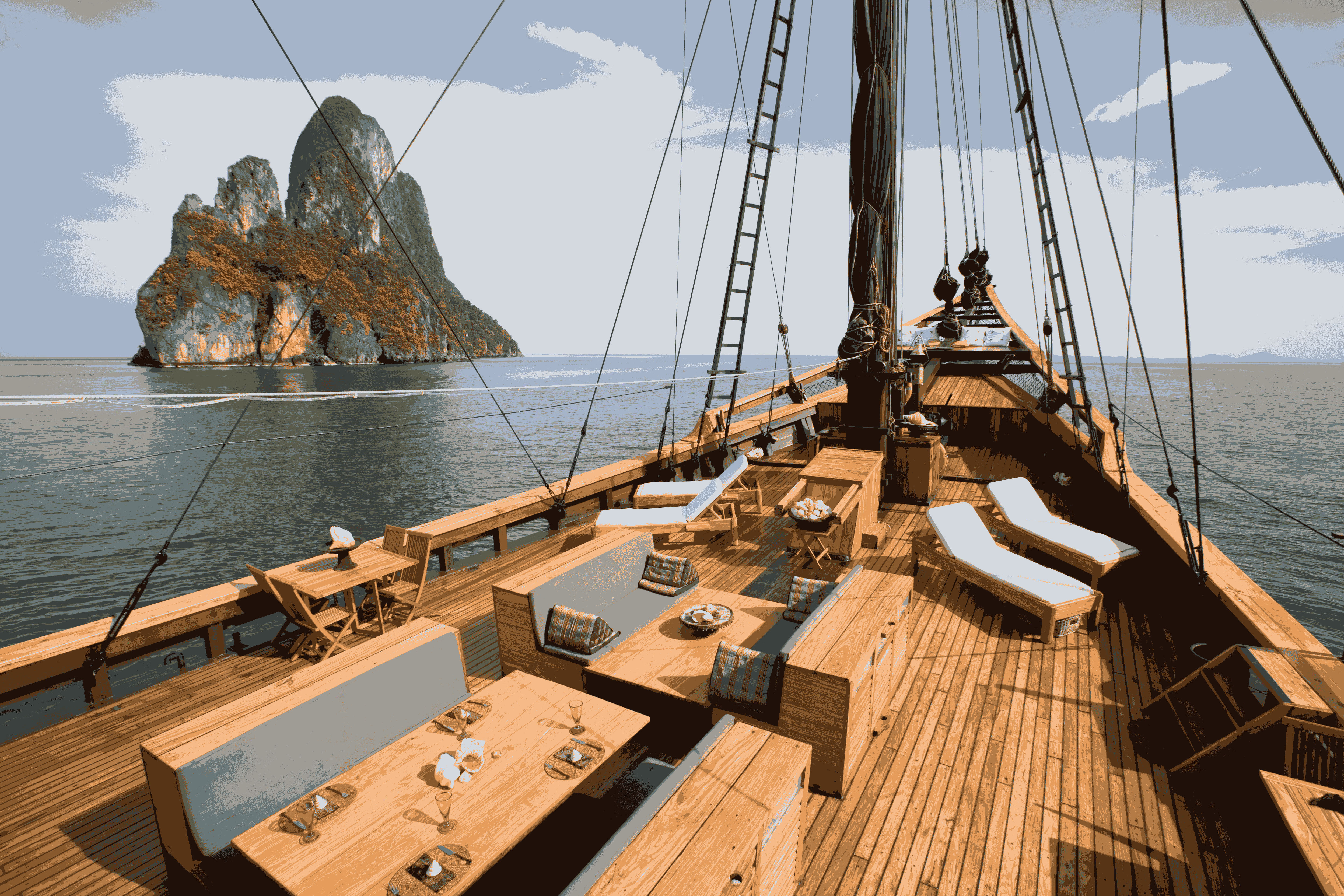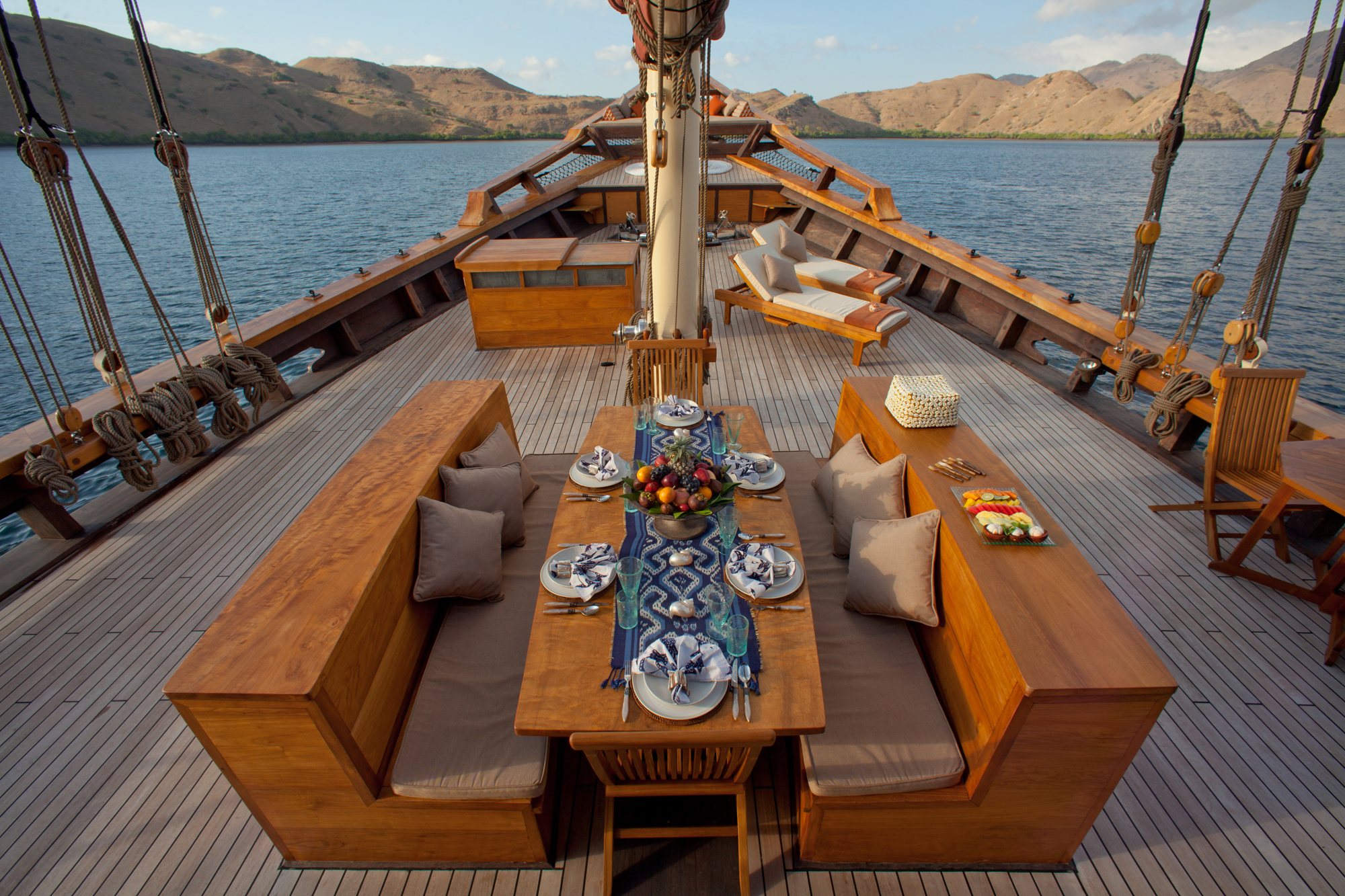Handmade at Sea: The Craftsmanship Behind Indonesia’s Luxury Phinisi Yachts
Where Art, Ritual, and Timber Unite on the Shores of Sulawesi
The first light of dawn brushes the horizon off South Sulawesi, and the air carries a mix of salt and wood shavings. On the quiet shores of Bira, a small group of men stand around a massive timber keel. One elder whispers a prayer, sprinkling grains of rice onto the earth. A younger builder, his hands marked by years of labor, steadies the wood as it is lowered into place. This is not just construction—it is ceremony.
Here, in this corner of Indonesia, Phinisi craftsmanship continues much as it has for centuries. These towering wooden yachts, built by the Konjo people through ritual, patience, and generational skill, represent one of the last great traditions of traditional yacht building in Sulawesi. To step aboard one of these vessels is to enter a living story: part maritime history, part spiritual practice, and part modern luxury.
In an age when yachts are churned out of shipyards with steel and fiberglass, Phinisi yachts remind us that true elegance is slow, deliberate, and deeply human. Each plank of wood carries meaning, each sail embodies freedom, and each journey becomes part of a legacy stretching back generations.

The Konjo Legacy: Masters of Traditional Yacht Building Sulawesi
The Konjo people of Bulukumba, South Sulawesi, are widely regarded as Indonesia’s master shipbuilders, preserving an art form that predates written history. Their reputation as boatmakers is not confined to the archipelago; international sailors, maritime scholars, and travelers recognize their craft as a maritime heritage treasure.
For the Konjo, building a Phinisi yacht is not a commercial project but a deeply spiritual responsibility. Every step is marked by ritual: from prayers offered when selecting the right tree in the forest, to ceremonies blessing the keel before it touches the sea. These acts are not superstition but a way of acknowledging balance—the balance between humans, the natural world, and the sea that will carry the vessel for decades to come.
Anthropological studies confirm the significance of these traditions, noting that indigenous shipbuilding methods are critical in safeguarding cultural identity, intergenerational knowledge, and maritime sustainability (Jurnal Antropologi Indonesia, 2020; International Journal of Nautical Archaeology, 2018).
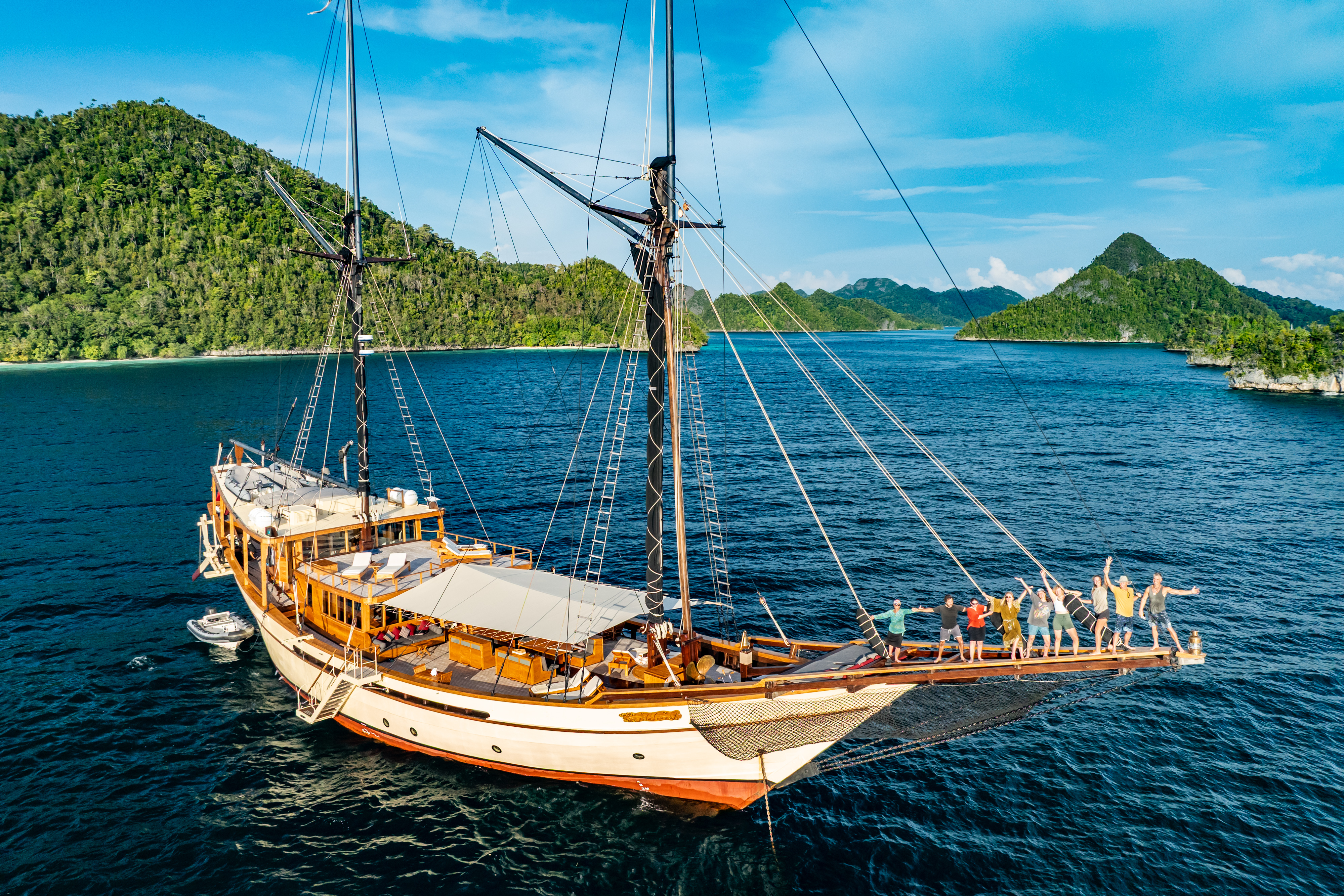
Choosing the Wood: More Than Strength, A Spiritual Bond
The construction of a Phinisi begins with its most vital material—wood. Indonesian hardwoods such as ulin (ironwood), teak, and bitti with halaban are carefully chosen for their resilience in tropical waters. Yet, this decision is never just about durability. Each tree is regarded as a living being with its own spirit, and to fell it requires rituals to seek permission and protection from the unseen forces of nature.
The wood is cut, shaped, and joined not with industrial blueprints, but with the intuitive knowledge of master builders. Generations of shipwrights have relied on hand-measured lines, body memory, and inherited wisdom to give the vessel its iconic curves. What results is more than a functional yacht—it is a wooden being infused with spirit, artistry, and symbolism.
A recent study in the Journal of Cultural Heritage (2021) highlights how such indigenous woodworking practices balance ecological responsibility with exceptional craftsmanship, sustaining both forests and cultural identity.
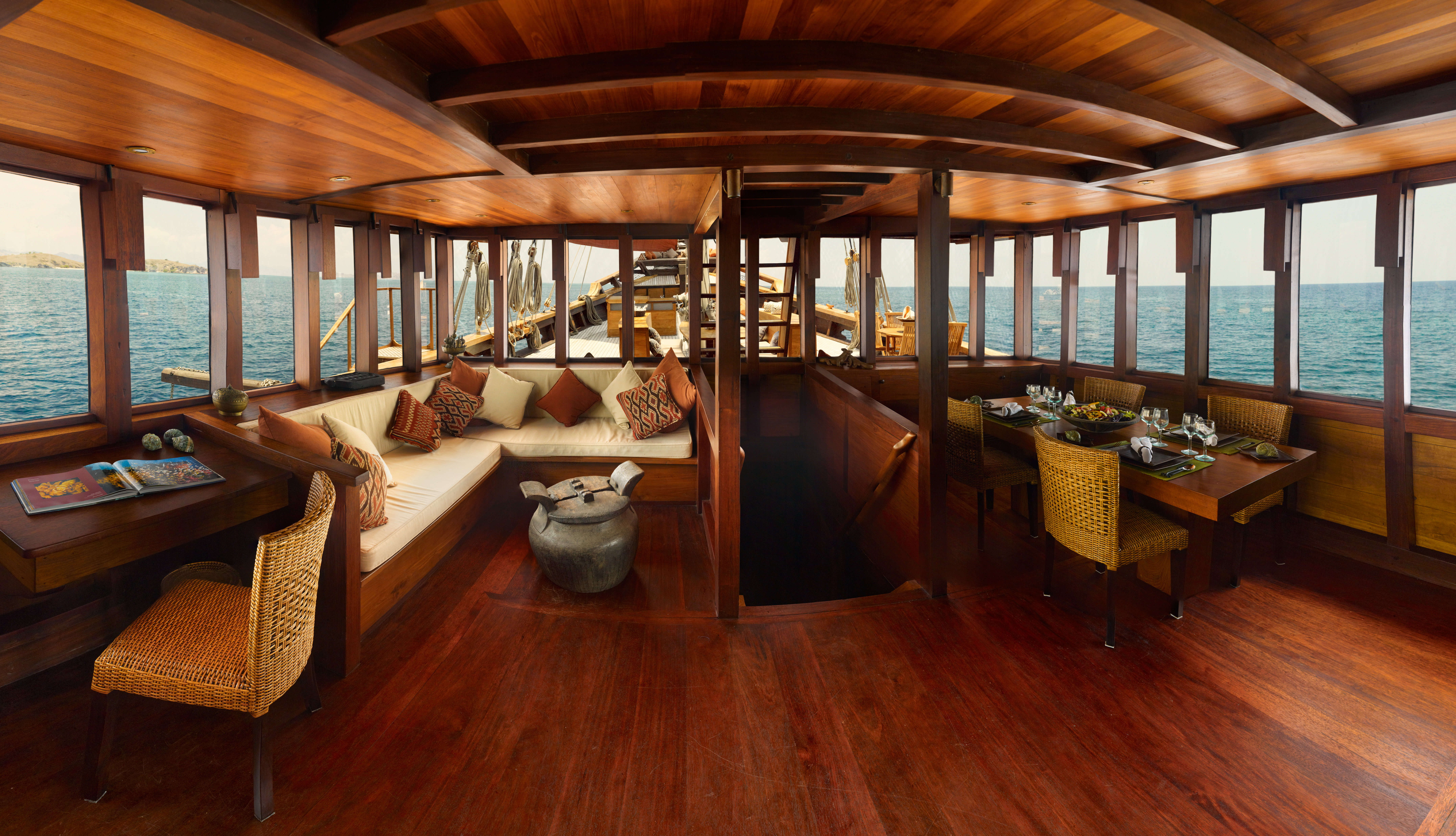
Years of Work, Generations of Knowledge
A Phinisi yacht is not something that can be rushed. From the laying of the keel to the rigging of the sails, construction can take two to four years, engaging dozens of craftsmen across multiple families. Every piece of wood must be seasoned, every joint tested, every ritual completed.
The Konjo believe that only through time and patience can a vessel truly be seaworthy—physically, spiritually, and symbolically. This rhythm of slow creation becomes part of the yacht itself. When you walk her decks, you feel that patience: the rhythm of hammer on wood, the echo of ancestral chants, and the weight of a tradition that has endured for centuries.
So, how are Phinisi yachts built? With patience, precision, and reverence.
Who builds them? The Konjo people, custodians of a vanishing legacy.
What makes handcrafted yachts special? Their authenticity—a uniqueness that no machine can replicate.
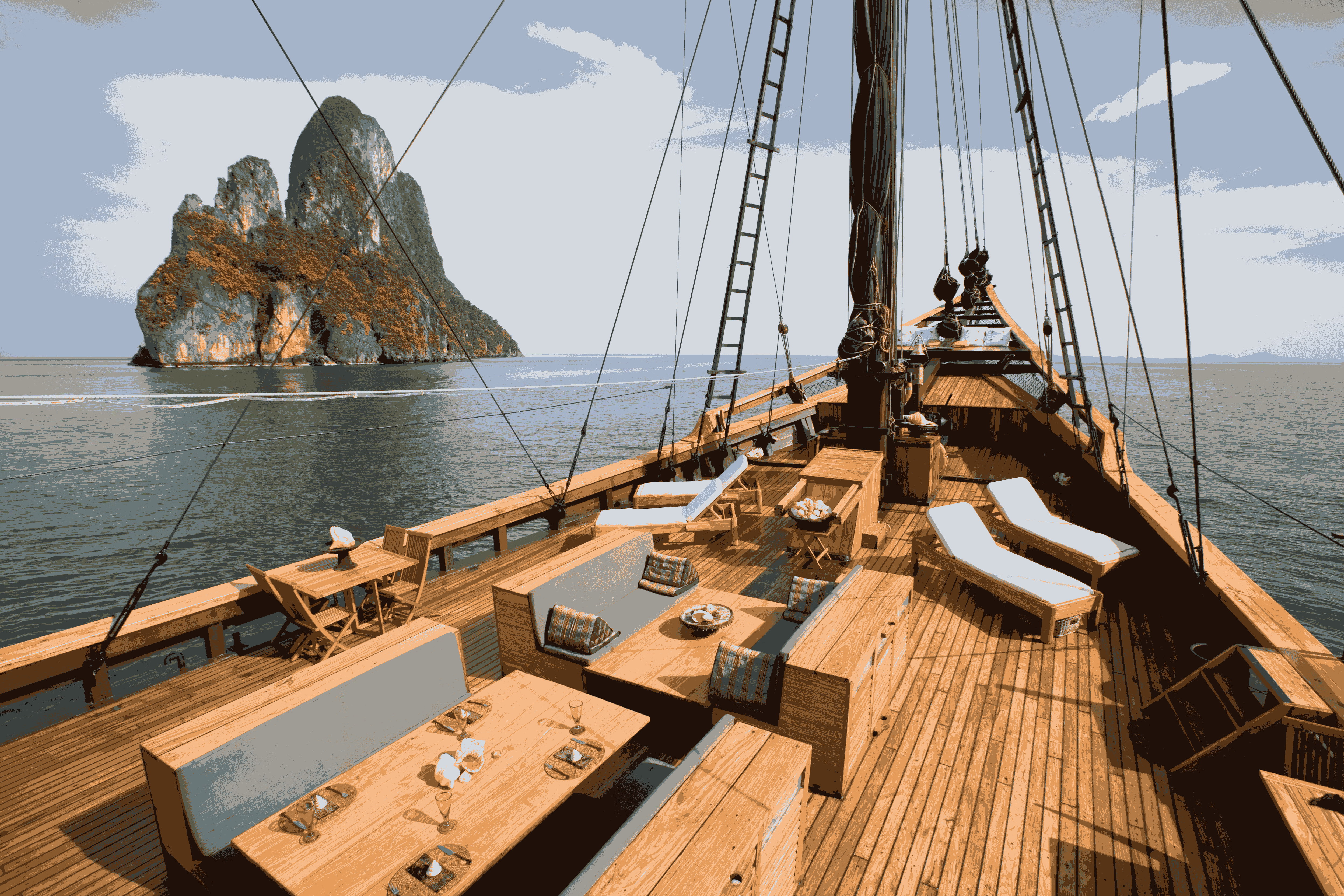
Symbolism in Every Curve: The Soul of a Phinisi
Unlike modern yachts, every part of a Phinisi carries meaning. The bow symbolizes protection and courage, facing forward into the unknown. The stern represents stability and memory, holding the wisdom of past journeys. The sails embody freedom and destiny, pushing the vessel into new waters. Even carvings and paintwork tell stories, often invoking blessings for safe passage, prosperity, or harmony with the sea.
This symbolism is not decoration—it is the essence of the vessel. To sail aboard a Phinisi is to engage in a living conversation with history, myth, and identity. For travelers, it means experiencing the sea not just as a backdrop, but as part of a spiritual journey.
Why Phinisi Craftsmanship Matters in the Modern World
In today’s era of machine precision and mass production, the existence of hand-built Phinisi yachts is remarkable. Each yacht represents resilience—not just of a vessel, but of a cultural tradition that has resisted the pressures of modernity.
For luxury travelers, authenticity has become the ultimate indulgence. And few experiences feel as authentic as setting sail aboard a Phinisi, a vessel that took years to shape and carries centuries of inherited artistry. These yachts remind us that true elegance is timeless, born of both human hands and ancestral knowledge.

Experience Living Heritage with Silolona Sojourns
When you choose to sail with Silolona Sojourns, you do more than board a yacht—you step into the living heartbeat of Indonesia’s maritime heritage. With over 30 years of expertise, Silolona curates journeys where tradition and luxury intertwine.
From the moment you step aboard, you experience the spirit of Konjo craftsmanship, carried across turquoise waters toward remote islands and ancient cultures. Beyond seamless yacht services, Silolona designs itineraries that connect you with the soul of the archipelago, offering not just comfort but cultural immersion.
This is not simply a voyage—it is a story written across wood, wind, and water, one that invites you to become part of a legacy.
